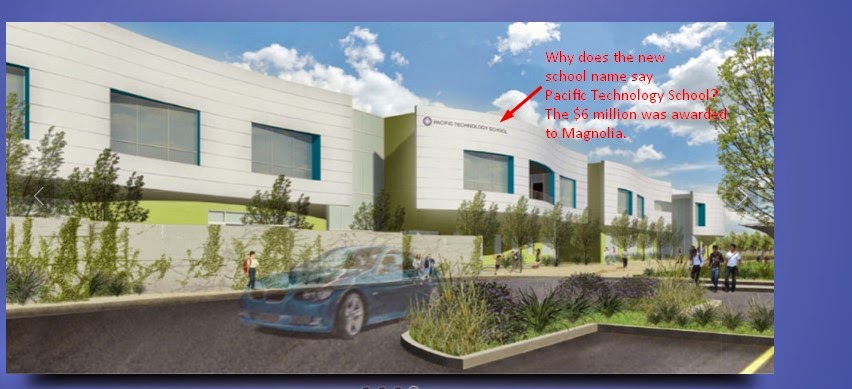

Carl Brandon Strehlke here publishes important new material about Fra Angelico's early years and patrons, the result of the author's recent archival research in Florence. As most of them were liturgical, her contribution limns for the modern reader the medieval religious ceremonies in which the manuscripts were utilized. The second essay, by Barbara Drake Boehm, focuses on the types of books illuminators helped to create. Kanter, presents an overview of Florentine illumination between 13 and thumbnail sketches of the artists featured in this volume. By way of introduction to the objects themselves are three essays. The innovative naturalism of Angelico and his followers effectively brings to a close the great age of illumination in Early Renaissance Florence. One of Don Lorenzo's greatest legacies may have been the training of Fra Angelico, a Dominican monk, and a painter of surpassing genius, who is in large part responsible for the evolution of a truly Renaissance style in the visual arts. Don Lorenzo eventually left the monastery to operate a secular workshop that became an important force in the early fifteenth century Florentine art world, producing lavish illuminated manuscripts in addition to frescoes, altarpieces, and numerous picture for a growing domestic market. Toward the close of the fourteenth century, there emerged in the same Camaldolese ambiance where Don Silvestro and Don Simone flourished a major artist of international stature, Lorenzo Monaco. In the fourteenth century these included one of the most mysterious and engaging personalities of early Renaissance Italian painting, the Master of the Codex of Saint George, as well as such artists as Pacino di Bonaguida, the Maestro Dadesco, the Master of the Dominican Effigies, Don Silvestro dei Gherarducci, and Don Simone Camaldolese. Some of the important books whose pages have been disseminated are here reconstructed for the first time since they were cut apart.ĭuring the incredible efflorescence of the visual arts in Florence of the fourteenth and fifteenth centuries, some artists turned their hands equally to various media, manuscript painting among them. A selective group of bound manuscripts and single leaves from disassembled books is joined with panel paintings and works in perishable media-such as drawings, embroideries, and reverse painting on glass-created by the same masters. The Metropolitan Museum of Art seeks to redress the imbalance by mounting an exhibition of Florentine miniatures produced between 13 from collections in Europe and the United States. One solution to failing K-12 schools? Let universities helpĪ state fitness test suggests L.A.The sumptuous illuminated manuscripts of Early Renaissance Florence have traditionally been overshadowed by the better-known monumental arts of the period. Celerity will move instead to a final appeal before the state Board of Education next EDUCATION NEWS The county never acted on Celerity’s appeal. Unified rejected Magnolia, it also turned down renewals for two campuses run by Celerity Schools. Unified, and Magnolia also has schools in San Diego and Santa Ana.Īt the October meeting in which L.A. Five Magnolia charters remain under the jurisdiction of L.A. The county now is authorizing three Magnolia charter schools, which means it will provide oversight for them. Nor did those matters come up before the county Tuesday. Unified for their routine five-year renewal hearing. Unified was Magnolia’s practice - which the charter group says it has now ended - of importing Turkish nationals and their families for teaching and other staff positions.īut neither Turkish entanglement was cited as an official reason for closing the three schools when they came up before L.A. The schools’ leaders denied any involvement.Ī more direct concern for L.A. Magnolia had come under widespread scrutiny after the Turkish government accused it and other U.S.-based charters with Turkish governing boards of helping foment a failed July coup in Turkey. Unified school board members are selected directly by voters.įrom the start, the scrutiny of Magnolia Public Schools was never just about sound management or academic performance. Members of the county education board are appointed by the elected county supervisors. “The process felt a lot more fair than what I experienced at L.A.


 0 kommentar(er)
0 kommentar(er)
